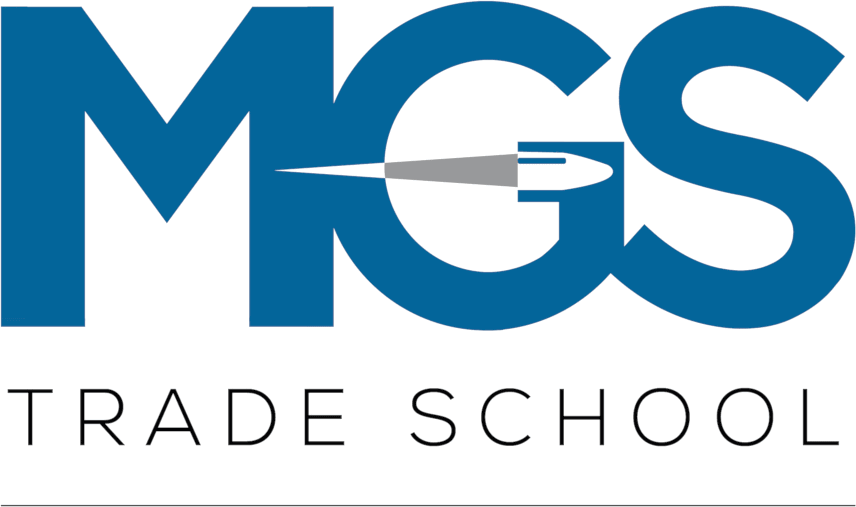50s & 60s: Firearms During a Cinematic Era
This month I want to dive into the important role that firearms played in the cinematic era of the 1950s and 60s. The birth of gritty westerns, countless war movies, and TV shows filled the living rooms of America. TV shows like the Lone Ranger, Rawhide, and Gunsmoke had boys wanting cowboy hats and replica six-shooters. During this timeframe, movies filled with the silver screen about WW2 and Korea. There were classics like The Longest Day, The Dirty Dozen, and The Bridge over the River Kwai.
These movies and TV shows rallied our country together, reminded us how great America is, and boosted our patriotism as the Cold War dragged on. Next, we saw the rise of spy films and the birth of the James Bond movies. All of these movies and shows ushered in a new love affair with firearms.
War Films & Firearms
One of my favorite WW2 movies is The Longest Day. An all-star cast of actors tells the story of the Allies and the Axis powers on D-Day. Every firearm used in this film is accurate to the time period as well as to the country who carried them. The highly coveted M1 Garand was used extensively in this film. A great weapon, in my opinion. General Patton said it was “the greatest battle implement ever devised.” As for the M1 used accurately in the film, I never saw anyone reload, and I didn’t hear the familiar “ping” when the 8-round clip was ejected from the rifle.
Here is one historical tidbit you may not know. The Germans learned about the “ping” and would return fire when they would hear it because they knew the serviceman was reloading. Realizing this, many GIs would carry an empty clip and would shoot a couple rounds and throw the empty clip on the ground so the Germans would hear the “ping” and pop up to return fire. Only then did they realize that it was too late and that they were tricked.

Western Films & Firearms
As a kid, I liked to watch the Lone Ranger reruns as well as The Rifleman. The Lone Ranger always carried his trusty Colt Single Action Revolver. Usually, it was a nickel-plated version and always polished to a high gloss. Oh, how I longed for that firearm. As I assume every other kid that grew up watching the adventures of the Lone Ranger and Tonto did as well. The Rifleman had a really neat set up, I’m sure most people thought he could really shuck the rounds and fire that quickly. But the actor couldn’t shoot that fast on his own. Therefore, the Winchester Model 1892 was modified so it could shoot faster.

Spaghetti westerns appeared in the 50s & 60s as well. They were known to be low budget films made in Europe and directed by Italians. These movies have quite the cult following and Clint Eastwood made a bunch of them. A Fist Full of Dollars was wildly successful as well as the other two movies in the trilogy, For a Few Dollars More and The Good, The Bad and the Ugly. The Colt Single Action Army was the go-to firearm in all three movies. And it was used extensively in real life in the West. During the movie A Fist Full of Dollars, you will see Joe (Clint Eastwood) reloading his single-action Colt. You don’t see him reload every time, though. I guess it would make the movie a lot longer if everyone doing the shooting had to stop to reload. Other firearms used were the Winchester Model 92 and the Model 94. The Mexican Soldiers were using 1893 Spanish Mausers, which is accurate for the time set in the movie.
Stevens Manufacturing also made an appearance when Joe was almost gunned down by one of the outlaws using his 1878 double barrel shotgun. There were hundreds of these types of westerns made back then. They are fun to watch. Like all movies, some are better than others.
Spy Films & Firearms
Lastly, during this time in entertainment spy and espionage films started to become very popular. In the 1960s, probably the best-known spy thriller was James Bond. The first Bond film Dr. No was made in 1962. A total of six Bond films were made in the 60s. Although he started with a Beretta M1934, he quickly replaced it with a Walther PPK. Other Handguns used in this Bond film are the Webley & Scott MK1, Browning High Power, FN Browning M1910, Colt Police Positive, and, of course, the Colt 1911.

Guns and Hollywood have been working together for as long as movies have been made. Even futuristic movies have their firearms. As long as we have good guys and bad guys, we will always have some sort of firearm to protect good from evil.
Semper Fi!
Written by: David Johnson, Leatherneck Gunsmithing




